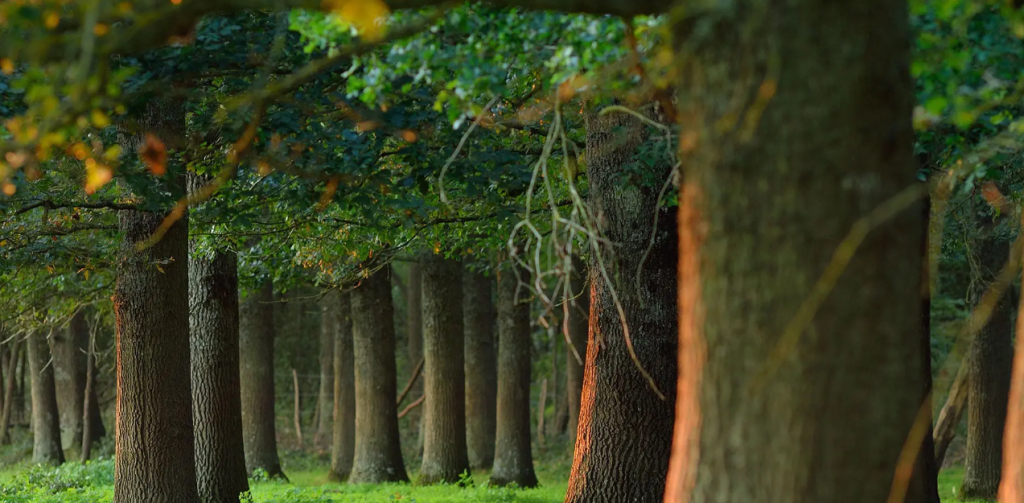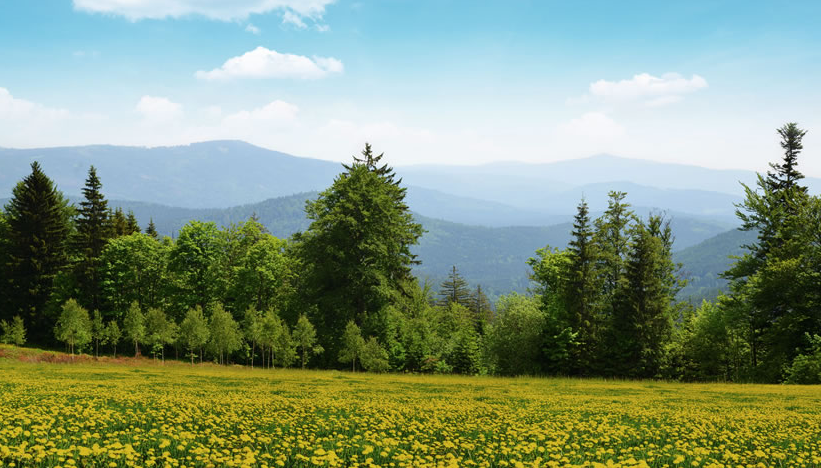Welcome to the beautiful archipelago of Cape Verde, where nature thrives amidst arid landscapes. One of the most remarkable natural treasures of these islands is the Cabo Verde National Forest, home to the unique and diverse Cape Verde Islands Dry Forest. In this article, we will explore the beauty, significance, and challenges facing this remarkable ecosystem, along with the efforts being made to preserve and protect it.
The Cabo Verde National Forest encompasses vast areas of the Cape Verde Islands and represents a vital ecosystem for the archipelago. It is a sanctuary for a variety of plant and animal species, playing a crucial role in maintaining the delicate balance of the local environment. The national forest is a testament to the resilience of nature in adapting to challenging conditions.
Location and Climate of Cape Verde Islands
Located off the western coast of Africa, the Cape Verde Islands experience a unique climatic zone characterized by long dry seasons and scarce rainfall. The islands’ geographical position, influenced by trade winds and ocean currents, has resulted in the development of the Cape Verde Islands Dry Forest, which thrives in these arid conditions.
Importance of the Cabo Verde National Forest
The Cape Verde Islands Dry Forest holds immense importance for the local ecosystems and the global community. It serves as a habitat for numerous endemic plant and animal species found nowhere else on Earth. The forest also provides valuable ecological services, such as soil retention, carbon sequestration, and protection against erosion.
Biodiversity and Endemic Species
Despite the challenging conditions, the Cape Verde Islands Dry Forest exhibits remarkable biodiversity. Many plant and animal species have uniquely adapted to survive in this arid environment. Some notable examples include the Cape Verde Warbler, Cape Verde Giant Gecko, and Cape Verde Shearwater. These endemic species have evolved in isolation and are highly vulnerable to external threats.
Threats to the Cabo Verde National Forest
The Cabo Verde National Forest faces several threats that endanger its delicate balance. Human activities such as deforestation, unsustainable agricultural practices, and invasive species pose significant challenges to the integrity of the ecosystem. Climate change also amplifies the pressure on the forest, with increased droughts and rising temperatures affecting the already fragile environment.
Conservation Efforts for Cabo Verde National Forest
Recognizing the importance of the Cabo Verde National Forest, conservation organizations and local authorities have launched various initiatives to protect and restore this unique ecosystem. These efforts include reforestation projects, sustainable land management practices, and the establishment of protected areas. Collaborative partnerships with international organizations have also been instrumental in supporting these conservation endeavors.
Ecotourism and Sustainable Development
The natural beauty and biodiversity of the Cabo Verde National Forest provide a unique opportunity for ecotourism and sustainable development. By promoting responsible tourism practices, local communities can benefit economically while preserving the natural heritage of the islands. Ecotourism initiatives offer visitors a chance to experience the pristine beauty of the forest and learn about its ecological significance.
Research and Scientific Studies
Scientists and researchers play a crucial role in understanding and monitoring the Cabo Verde National Forest. Through comprehensive studies, they gather valuable data on the ecosystem’s biodiversity, climate change impacts, and conservation strategies. This scientific knowledge informs management decisions and provides a foundation for long-term sustainability.
Role of Local Communities in Conservation
The involvement of local communities is vital for the successful conservation of the Cabo Verde National Forest. Engaging communities in sustainable practices, providing education, and supporting alternative livelihoods foster a sense of ownership and stewardship. Their traditional knowledge and close relationship with the environment contribute to effective conservation strategies.
Future Challenges and Opportunities for Cabo Verde National Forest
While progress has been made in preserving the Cabo Verde National Forest, significant challenges lie ahead. Continued efforts are needed to address deforestation, combat invasive species, and mitigate the impacts of climate change. However, with international collaboration, innovative solutions, and community involvement, there are opportunities to secure a sustainable future for the Cape Verde Islands Dry Forest.
Conclusion
The Cabo Verde National Forest and its Cape Verde Islands Dry Forest are unique treasures that demand our attention and conservation efforts. By valuing and protecting this fragile ecosystem, we can ensure the preservation of biodiversity, the provision of ecological services, and the continued enjoyment of its beauty for generations to come.
FAQs
Q: Are there any guided tours available to explore the Cabo Verde National Forest?
A: Yes, several tour operators offer guided tours to explore the national forest and learn about its flora and fauna.
Q: What are the best months to visit the Cabo Verde Islands for experiencing the dry forest?
A: The dry season, from November to June, is generally the best time to visit to witness the unique characteristics of the Cape Verde Islands Dry Forest.
Q: How can I contribute to the conservation of the Cabo Verde National Forest?
A: You can support conservation efforts by practicing responsible tourism, supporting local initiatives, and spreading awareness about the importance of preserving this ecosystem.
Q: Are there any specific restrictions for visitors in the Cabo Verde National Forest?
A: Yes, visitors are expected to follow designated trails, refrain from littering, and respect the flora and fauna by not disturbing their natural habitats.
Q: Are there any ongoing research projects in the Cabo Verde National Forest?
A: Yes, scientists and researchers are continuously conducting studies on the forest’s biodiversity, climate change impacts, and conservation strategies to inform management decisions.
References
- Faria, L., & Sequeira, M. M. (2019). The flora of Cape Verde Islands: A bibliographic analysis. Botanica Complutensis, 43, 57-71.
- Silva, L., Tavares, J., & Rodrigues, M. (2018). Floristic diversity of the Cabo Verde Islands: A biogeographical approach. PhytoKeys, 103, 1-21.
- Silva, J., Ojeda, D. I., Mateos-Naranjo, E., & Díaz-Barradas, M. C. (2020). Understanding the coastal vegetation of Cape Verde islands for sustainable management. Journal of Coastal Conservation, 24(1), 1-11.

